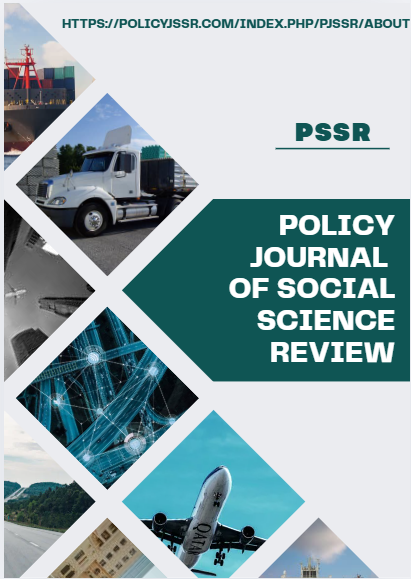Effect of Chat GPT on Students’ Academic Performance at Undergraduate Level
Abstract
The expansion in the field of Artificial intelligence led to many ground-breaking technologies. Chat GPT is technology of AI that was launched in November d2022 and produce swift responses to user inputs. This study aims to explore the effect of Chat GPT on students’ academic performance at undergraduate level. The objectives of the study were to explore about Chat GPT, determine its effects, opportunities and challenges of Chat GPT. The nature of the study was descriptive. Data collected by using purposive sampling technique. Self-developed questionnaire based on five point Likert Scale consisted of 23 closed ended and 2 open ended questions were used for data collection. Researcher used SPSS for finding the reliability of tool. MS Excel and MS word documents were used for data processing. The findings of the study strongly advocated that Chat GPT facilitate more effective learning. It also demonstrated that students who interacted with Chat GPT significantly improved their learning experiences. It was also analyzed that Chat GPT leads to privacy risks, provide inaccurate information and limited corpus of data. It is highly recommended that Chat GPT may be integrated in the curriculum for betterment of teaching learning experiences.
Keywords: Chat GPT, AI, Academic Performance





